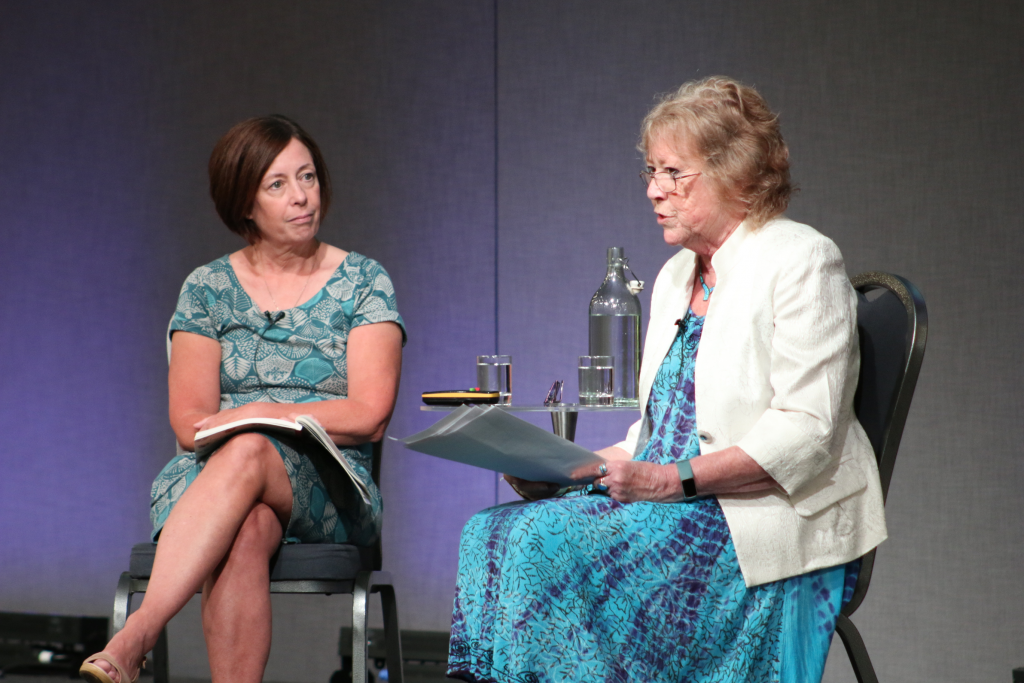Engaging patients for patient safety – It’s not what you do, it’s how you do it.
By Martine Price, Nurse Lead, Improvement Cymru

“This patient is non-compliant.” Some time ago, I was part of a pressure ulcer improvement collaborative across many of the wards in the hospital I was working in and this term ‘non-compliant’ kept coming up. Jane was a lady who had been in hospital many weeks and her sacral pressure ulcer was worsening and she showed no interest in changing position to alleviate pressure. I spent some time with Jane to try and understand what was important to her. From this I learned the pressure ulcer was just not important to her, she could not feel it, had not seen it, so alleviating boredom and being able to sit up during the day and sleep on her back at night was her focus. I got to know Jane and understood what really mattered to her was getting home to her dog. She asked to see her pressure ulcer using a mirror, this was a turning point and Jane became a partner in her own care. Slowly her pressure ulcer started to heal as she set her own daily and weekly goals towards going home to her dog.
Patients, families and carers are central to safe care and if they are meaningfully involved in their care the safety gains are significant. Patients, families, and care partners have a unique and important perspective on care delivery and are the only people present throughout the full continuum of care. Their meaningful engagement and partnership is essential for improving safety.
For the same reason, engaging patients and families who have experienced harm can provide insights and learning about system failures. It is therefore essential to ensure that the patient voice is heard.
So, the aim should be to meaningfully engage and involve, to enable patients, families and carers to be partners in their own safety as well as in the safety of an organisation. This aim is fundamental to the Safe Care Collaborative, which brings teams together from across all of the health boards and trusts in Wales to learn and share together. The collaborative is founded on the IHI Framework for Safe Reliable Effective Care with engagement of patients and families at the core of the framework. In safe and reliable organisations, patients, families and carers are as much members of the care team as clinicians and other health care staff.
So how do we do meaningfully engage? Quite simply – Ask, Listen and Involve.
- Ask: Create conditions for meaningful involvement in care, such as ‘What Matters to You?’
- Listen: Seek feedback to understand and improve.
- Involve: The involvement of patients in the development of safer services and co-design.

We have many examples of meaningful engagement of patients, family and carers in the work of our teams in the Safe Care Collaborative. In Betsi Cadwaladr University Health Board, Call 4 Concern (C4C) enables patients and family members to activate a direct referral to the acute intervention team if they have concerns about their condition or that of a family member. The team say that having patients involved in their health care treatment decisions improves patient safety, reduces harm and rebalances the relationship between individuals and health professionals. Another example is the power of a story, Barbara shared her experiences of healthcare as part of our Safe Care Collaborative, leading patient safety programme. She attended a learning session with us to speak about her experiences, challenging us to consider how we work in partnership at all levels of our organisations to share and learn together.
So, I will finish with another question: Where do you have the greatest opportunity to involve patients and their families in your improvement work?
Note the term patient is used to reflect people in the broadest sense in our community who need health care services in all care settings.
